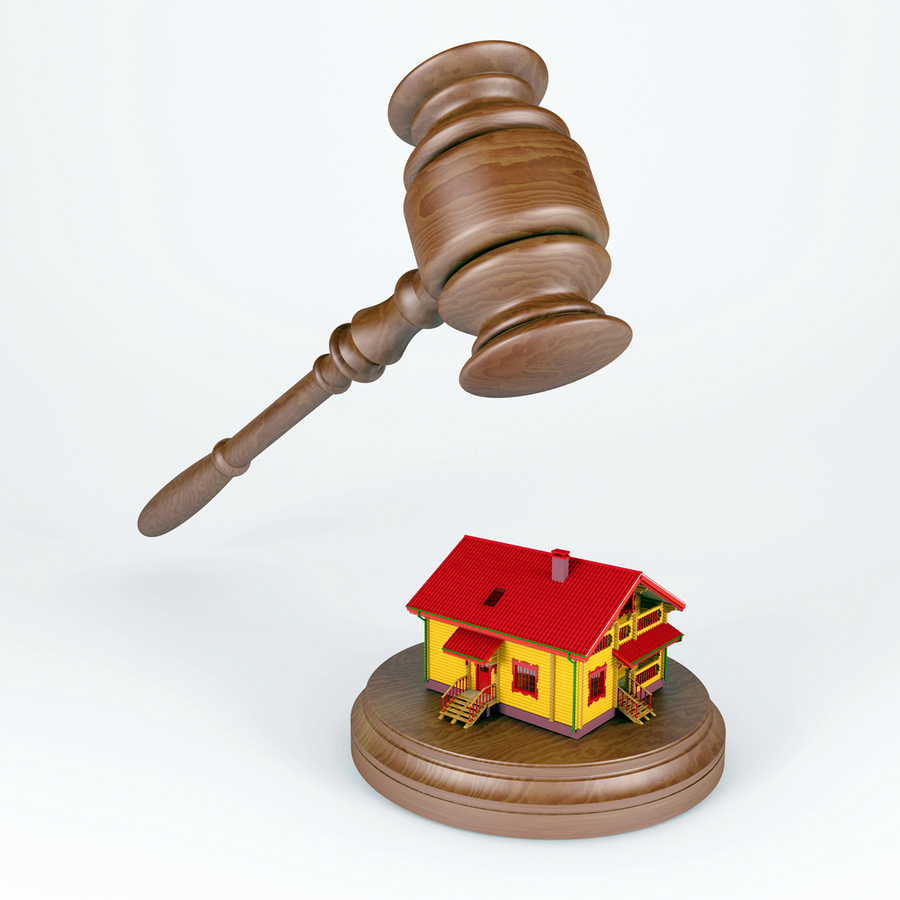 Eminent domain describes the ability of the state to take private property for public use. It is easy to understand why something like this could trigger a vicious legal battle that takes a great amount of time to resolve. Unfortunately, within that timeframe, individuals can exhaust their resources fighting the government and the project the government intended to create can go undone, which can be a detriment to society.
Eminent domain describes the ability of the state to take private property for public use. It is easy to understand why something like this could trigger a vicious legal battle that takes a great amount of time to resolve. Unfortunately, within that timeframe, individuals can exhaust their resources fighting the government and the project the government intended to create can go undone, which can be a detriment to society.
So what is the best way to resolve eminent domain issues? It is even possible to achieve a resolution that makes everyone happy – especially the individuals who are at the mercy of a government with vast resources and powerful attorneys?
Often, alternative dispute resolution (ADR) is the best way to resolve the issue.
Eminent domain requires the state provide fair compensation in exchange for whatever property it assumed ownership over. Of course, what the government deems fair and what the owner who is losing his or her property deem fair can be light years apart. This is where ADR can have a significant impact.
What are the benefits of using ADR methods like arbitration and mediation for resolving eminent domain disputes?
ADR is confidential. It doesn’t matter if mediation or arbitration is chosen, both offer a private method for resolving legal disputes. The private information of the individual will not be accessible in public records during the process and anything that is discussed during either process cannot later be used against either party.
ADR is flexible. Using mediation or arbitration to resolve an eminent domain dispute works so well because there is an ability to tailor the resolution to suit the specific needs of those involved. In mediation, it is the disputing parties that have complete control over the outcome, so if they are willing to agree on an unorthodox solution, they are free to pursue it provided it is legal.
Eminent domain disputes can grow into ugly battles, but ADR makes them easier to resolve.





 Despite popular opinion, a valid sexual harassment case can be difficult to prove and cannot be premised on isolated events that are not serious in nature. Instead, the employee who makes a legal claim of sexual harassment must show several elements, generally with proof by a preponderance of the evidence.
Despite popular opinion, a valid sexual harassment case can be difficult to prove and cannot be premised on isolated events that are not serious in nature. Instead, the employee who makes a legal claim of sexual harassment must show several elements, generally with proof by a preponderance of the evidence. According to a 2013 report by ABC News, one in three nursing home patients are a victim of nursing home abuse. Although this problem is significant, there are steps that every individual involved in this problem can take to prevent nursing home abuse.
According to a 2013 report by ABC News, one in three nursing home patients are a victim of nursing home abuse. Although this problem is significant, there are steps that every individual involved in this problem can take to prevent nursing home abuse. Mediation is advantageous in a variety of instances, but it can be especially effective for settling eminent domain disputes. Eminent domain is an issue that pits private property owners against government organizations, something that can be extremely intimidating for the property owner. By using mediation to settle the dispute, everyone can walk away happy with the outcome.
Mediation is advantageous in a variety of instances, but it can be especially effective for settling eminent domain disputes. Eminent domain is an issue that pits private property owners against government organizations, something that can be extremely intimidating for the property owner. By using mediation to settle the dispute, everyone can walk away happy with the outcome. Premises liability cases can be some of the most hotly contested disputes in existence. Those involved are asked to defend their right to compensation because of an injury against someone defending the safety and function of his or her property. These are very personal issues and all too often, the personal side of the dispute interferes with everyone’s ability to view the issue reasonably and negotiate in good faith.
Premises liability cases can be some of the most hotly contested disputes in existence. Those involved are asked to defend their right to compensation because of an injury against someone defending the safety and function of his or her property. These are very personal issues and all too often, the personal side of the dispute interferes with everyone’s ability to view the issue reasonably and negotiate in good faith.